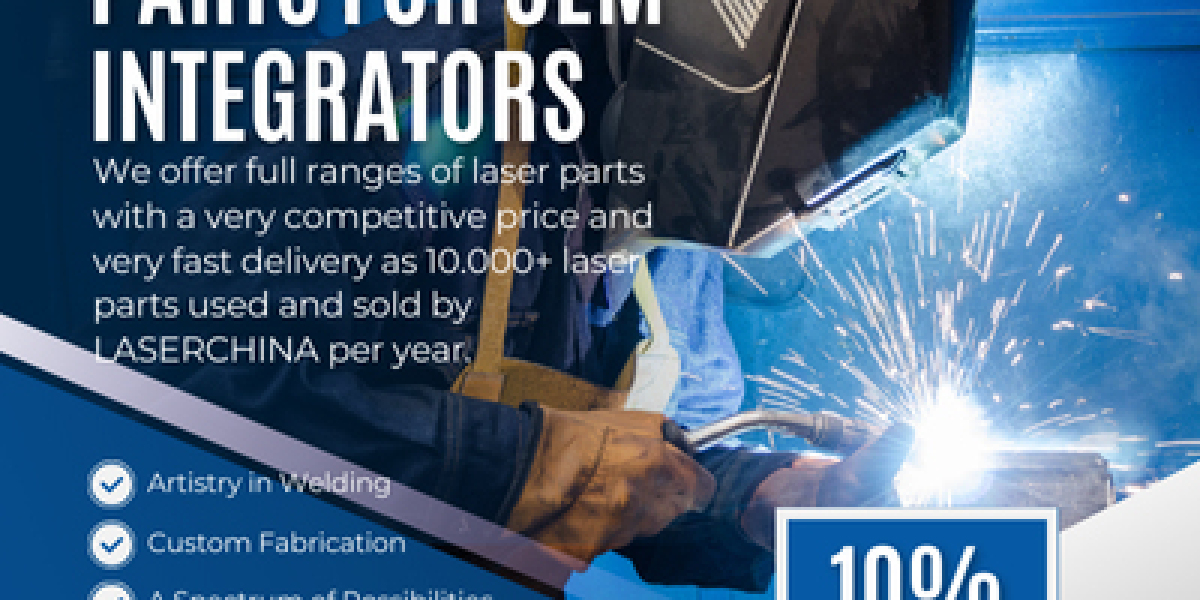Laser equipment refers to machines and devices that use concentrated beams of light for industrial, medical, research, and commercial purposes. In China—home to one of the world’s largest manufacturing and technology markets—laser equipment has become an essential tool across industries. Its applications range from cutting, welding, and marking in factories to medical treatments and scientific research, making it a cornerstone of the country’s technological development.
1. Industrial Manufacturing Applications
China’s industrial hubs such as Shenzhen, Suzhou, and Guangzhou heavily rely on laser equipment for:
Laser Cutting and Welding: Used in automotive manufacturing, shipbuilding, and electronics assembly for precise and durable joints.
Laser Marking: Applying permanent serial numbers, barcodes, and QR codes on components for product identification and traceability.
Laser Engraving: Creating high-detail designs or branding on metals, plastics, wood, and ceramics.
Laser Cleaning: Removing rust, paint, and contaminants without damaging the base material, supporting eco-friendly manufacturing.
Laser equipment’s ability to handle metals, plastics, glass, and composites makes it highly versatile for China’s diverse production needs.
2. Medical and Healthcare Use
In the medical sector, laser equipment is widely adopted in China for:
Eye surgeries (e.g., LASIK) to correct vision.
Dermatology treatments for skin resurfacing, pigmentation removal, and acne therapy.
Dental applications such as gum surgery and cavity treatment.
With China’s growing healthcare industry and rising middle-class demand for advanced medical services, medical laser devices are in high demand.
3. Precision and Quality
Laser equipment offers micron-level precision, making it ideal for high-tech manufacturing sectors such as aerospace, semiconductor production, and electronics. In chip fabrication plants in Shanghai and Wuhan, lasers are used for wafer cutting and micro-drilling—tasks where traditional tools cannot match the required accuracy.
4. Support for China’s Technological Goals
Government initiatives like Made in China 2025 encourage the adoption of advanced manufacturing technologies. Laser equipment aligns perfectly with these objectives by enhancing productivity, enabling automation, and improving product quality. Many Chinese companies are now producing their own high-performance laser machines, reducing reliance on imported equipment.
5. Environmental Benefits
China’s strict environmental policies have increased demand for green technologies. Laser equipment often replaces chemical-based processes, reducing hazardous waste. For example, laser cleaning eliminates the need for toxic solvents, and laser cutting minimizes material waste compared to traditional cutting methods.
6. Integration with Automation and Industry 4.0
Modern laser equipment is designed to integrate with robotic arms, CNC systems, and automated production lines. This enables continuous, high-speed manufacturing with real-time quality control, supporting China’s transition to smart factories.
Conclusion:
Laser equipment plays a critical role in China’s growth as a global manufacturing and technology leader. Its precision, versatility, and environmental friendliness make it a preferred choice across industries, from heavy manufacturing to medical care. As China continues to embrace automation, sustainability, and innovation, laser equipment will remain a core driver of industrial progress.
















